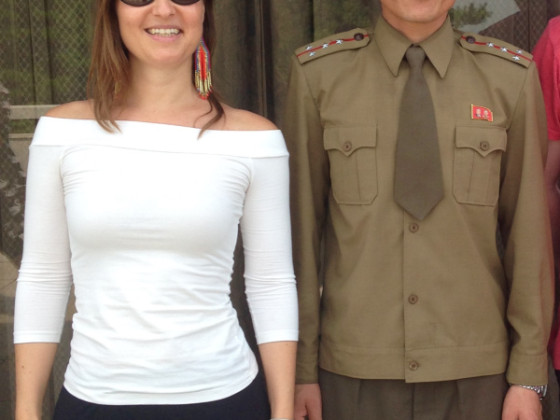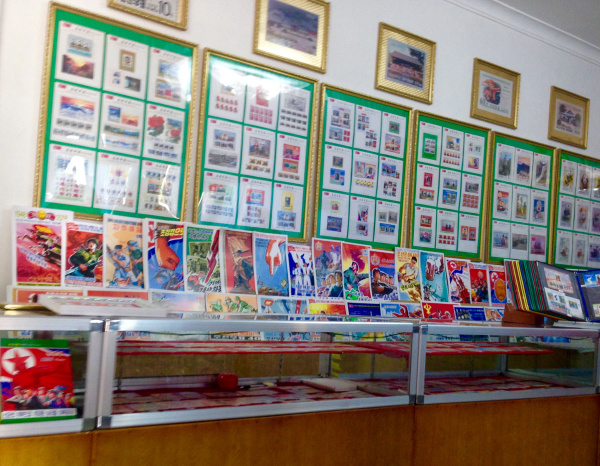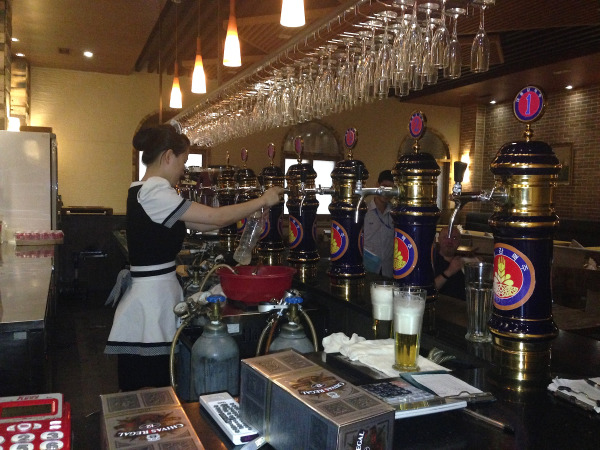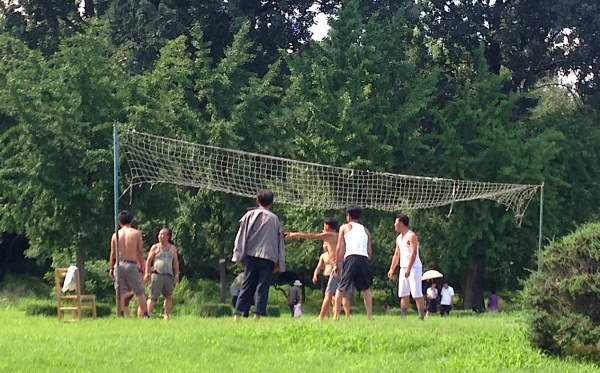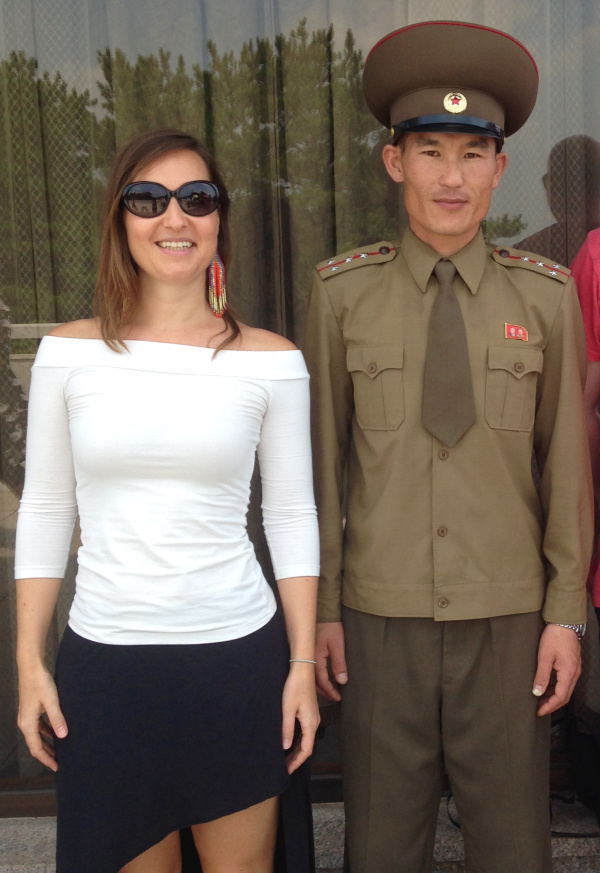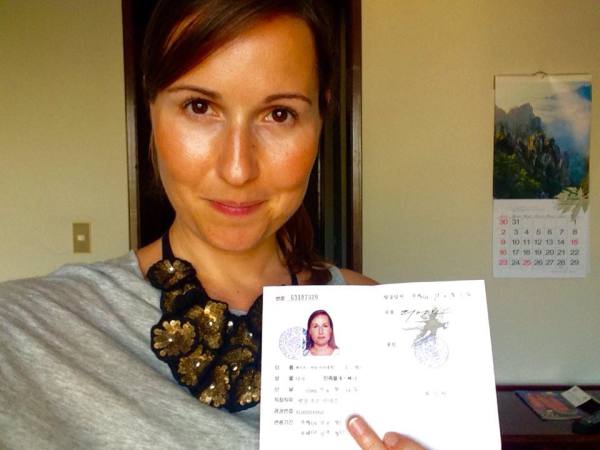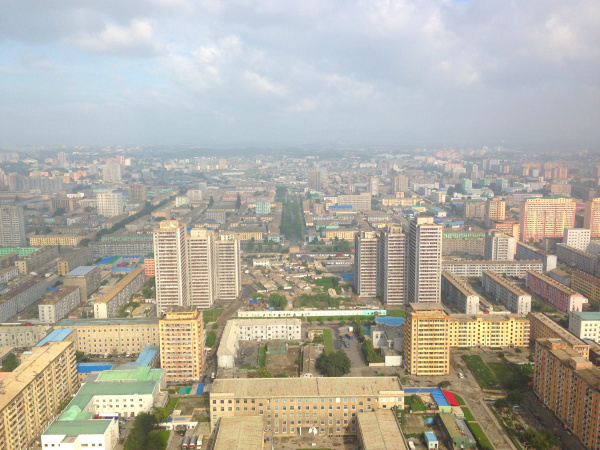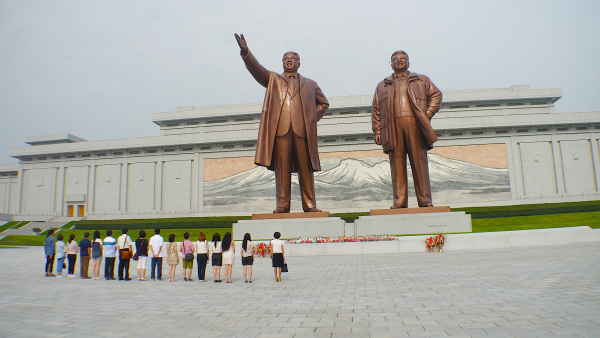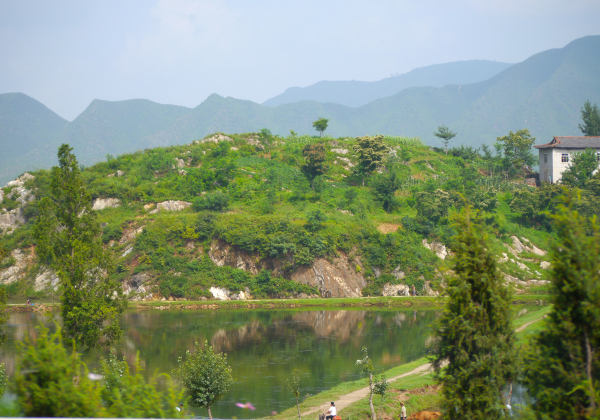Returning from North Korea, there were things that I could only fully grasp after I went through the notes, the recordings, the videos, and the photos. In every shot, I saw something I had not seen when on the ground. The days were so intense that I felt bombarded by an overwhelming amount of information; it was like spending 13-hour days in a museum with a guide going through every detail.
These are some of the things that surprised me most.
All photos by the author.
